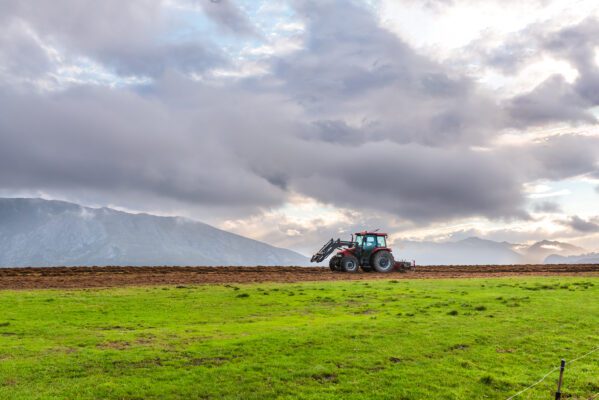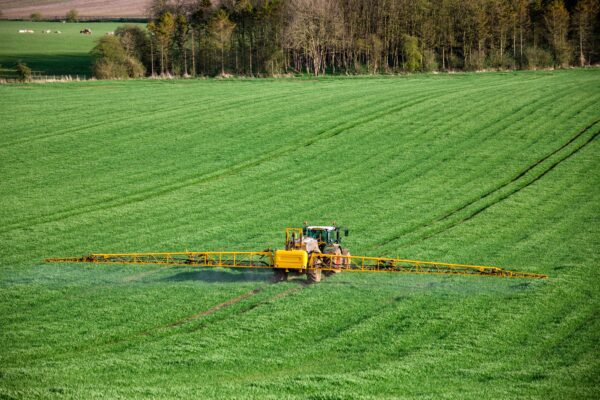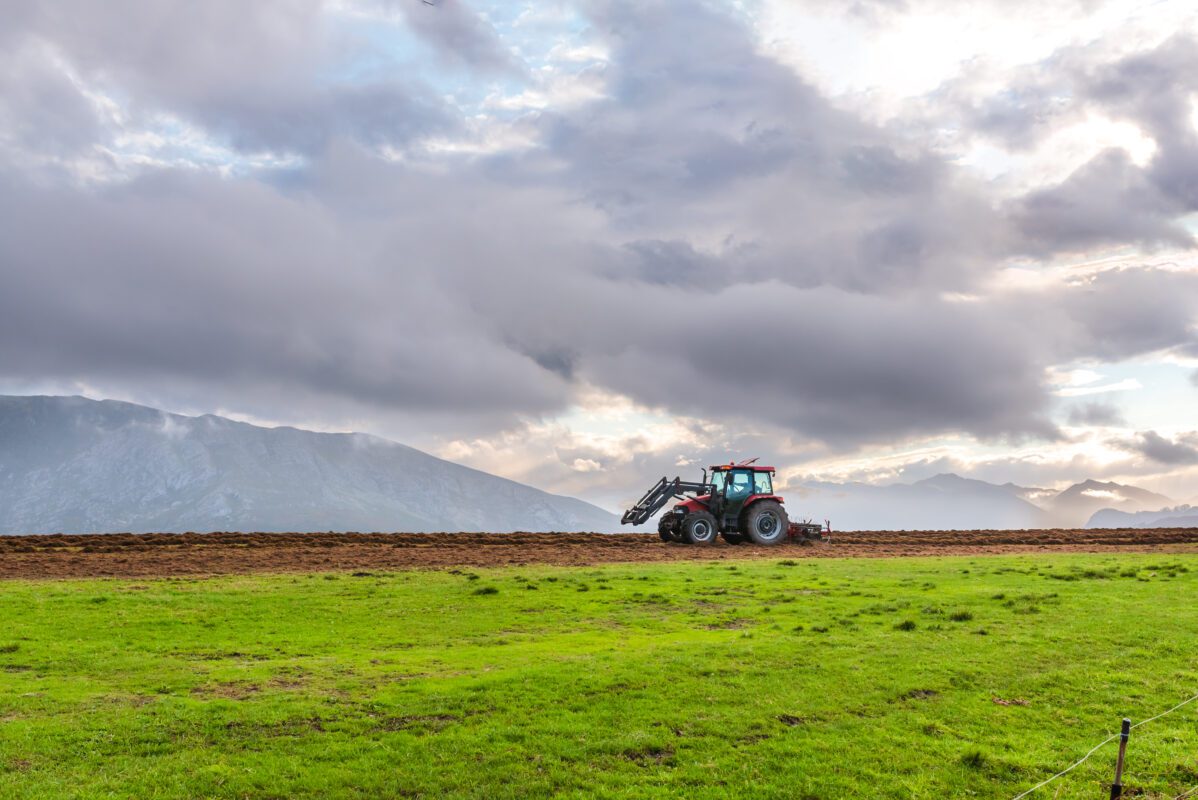Blog, counselor, GPS agriculture
GPS Agriculture – Is it worth buying?
GPS systems are on the rise; in addition to the classic use in your own car for navigation, they are now also used with cell phones or in tracking devices . They can be used to secure property and for orientation in everyday and professional life.
Importance of GPS systems
With the help of the Global Position System, GPS devices can reveal their own location, calculate their own speed and indicate distances; the term GPS means positioning system. This works in real time thanks to many global satellites that orbit the earth, which always send out a consistent signal. GPS receivers receive this signal and can therefore calculate the required information themselves. They result from the signal received and the distance of the satellites. The information received is sent to a linked device, such as a mobile phone app or a tablet .
Use of GPS in agriculture

In order to use the full scope of this system, the user first needs a user account for their GPS device, which can be created in the associated app or in the online portal on the computer. Now you can define and apply your own goals and objectives in every area, and you can also fence in and name your own properties. This gives the user the opportunity to protect their tractors and agricultural technology with these devices or to ensure the accuracy of the work carried out and its planning.
Orientation with GPS
In agriculture, GPS is particularly suitable for the use of the GPS parallel driving system, where high levels of accuracy are required, depending on the activity. Since it is often a challenge to distinguish an unprocessed surface from a processed one, these systems offer support and particular accuracy. The user is guided accordingly using lines on a display. Anyone who needs more precision for their work will benefit from RTK systems .
In contrast to the parallel driving system with an accuracy of +/- 15 centimeters, RTK offers more precise information. Depending on the activity and the required working widths , the farmer can decide for himself what is needed. RTK systems also use a correction signal, this is ensured with the help of additional antennas that correct for signal delay, so an accurate value can be determined. With the help of additional technology, section control, section control, special steering systems and correction signals, sowing can be optimized and overlaps can be avoided.
Some systems enable automatic tracking; the image on the GPS tracker and associated display guides farmers specifically to the uncultivated rows of soil.
Evaluation of data
With the help of the data collected by the GPS system during individual work, an exact evaluation can be created later. These can be used to optimize and improve production, fertilization and management. Using monthly evaluations, work steps and use of the vehicles can always be adjusted depending on needs and application.
Securing machines
Farmers often leave the tractor or other vehicles in the field after work during harvesting, sowing or processing grain.
A GPS system provides farmers and companies with the latest technology with a particularly high level of security and theft protection. The user can query the current position of all networked machines and tractors at any time, and these are then displayed on the linked device. The integrated alarms provide additional protection options and can be adapted to the various work requirements.
As a rule, every manufacturer of this technology offers an integrated SOS button. If this is pressed, a message is sent via the system to the stored contact. This means help can be called quickly in emergency situations .
The various alarms, for example the vibration alarm, report an unauthorized action on the end device. If such an alarm is triggered, it could be a case of theft and the owner will then receive a corresponding message on their smartphone. These options offer the owner safety during use and protect equipment, machines and tractors.
Advantages and disadvantages of GPS systems in agriculture
New agricultural machines are usually already equipped with everything necessary, but retrofitting can also be worthwhile for the farmer, depending on the benefits.
Disadvantages of GPS trackers

If you want to equip your tractor with a GPS system , you have to plan for additional costs. Depending on the brand and equipment, not only the purchase costs have to be taken into account, but there is also a monthly fee for using the provider’s online portal. However, the costs of equipping tractors and agricultural machinery are quickly put into perspective by the savings and optimization in agriculture.
Advantages of GPS trackers
Investing in GPS technology , with or without an automatic steering system, is worthwhile for most companies. The guidance on the display guides the farmer precisely, seeds are saved and there are no overlaps. Using the GPS tracker in agriculture offers another advantage: by securing expensive devices with a GPS tracker, thefts can be avoided or quickly solved. The provider’s database stores all the information read out over a long period of time, so it can be read out and further processed if desired.


